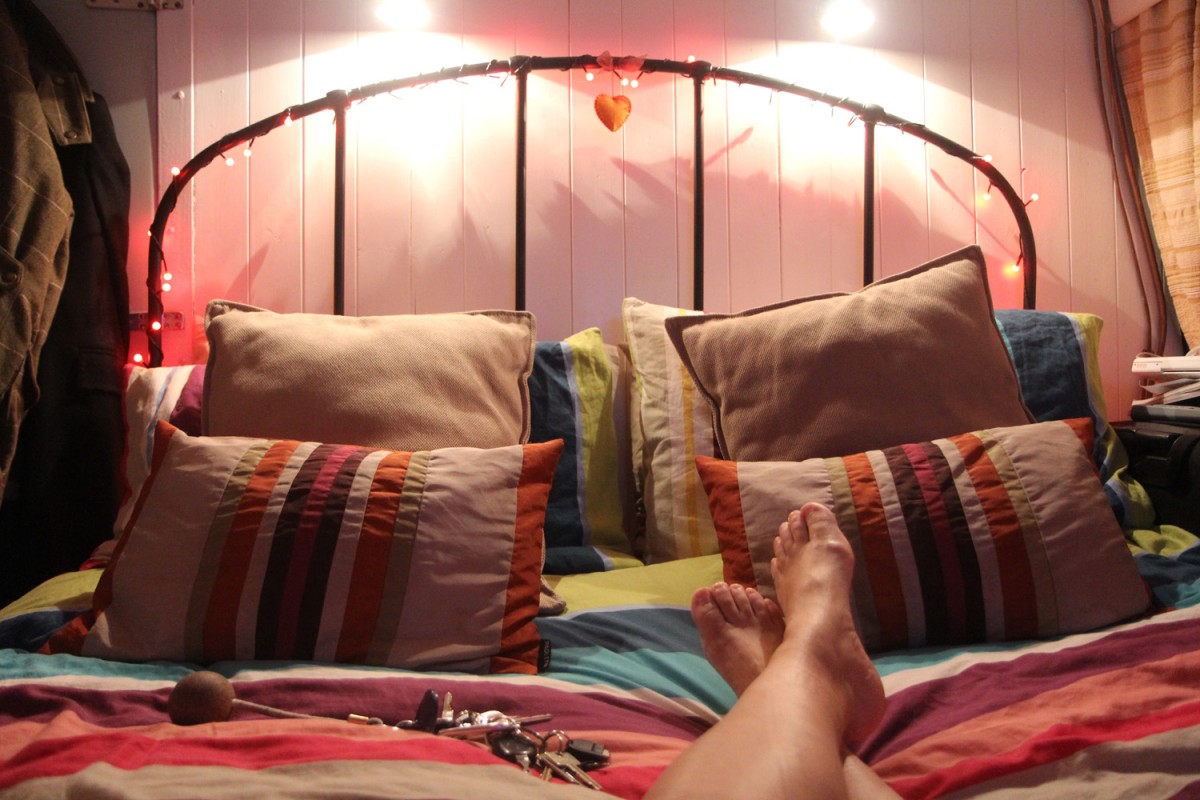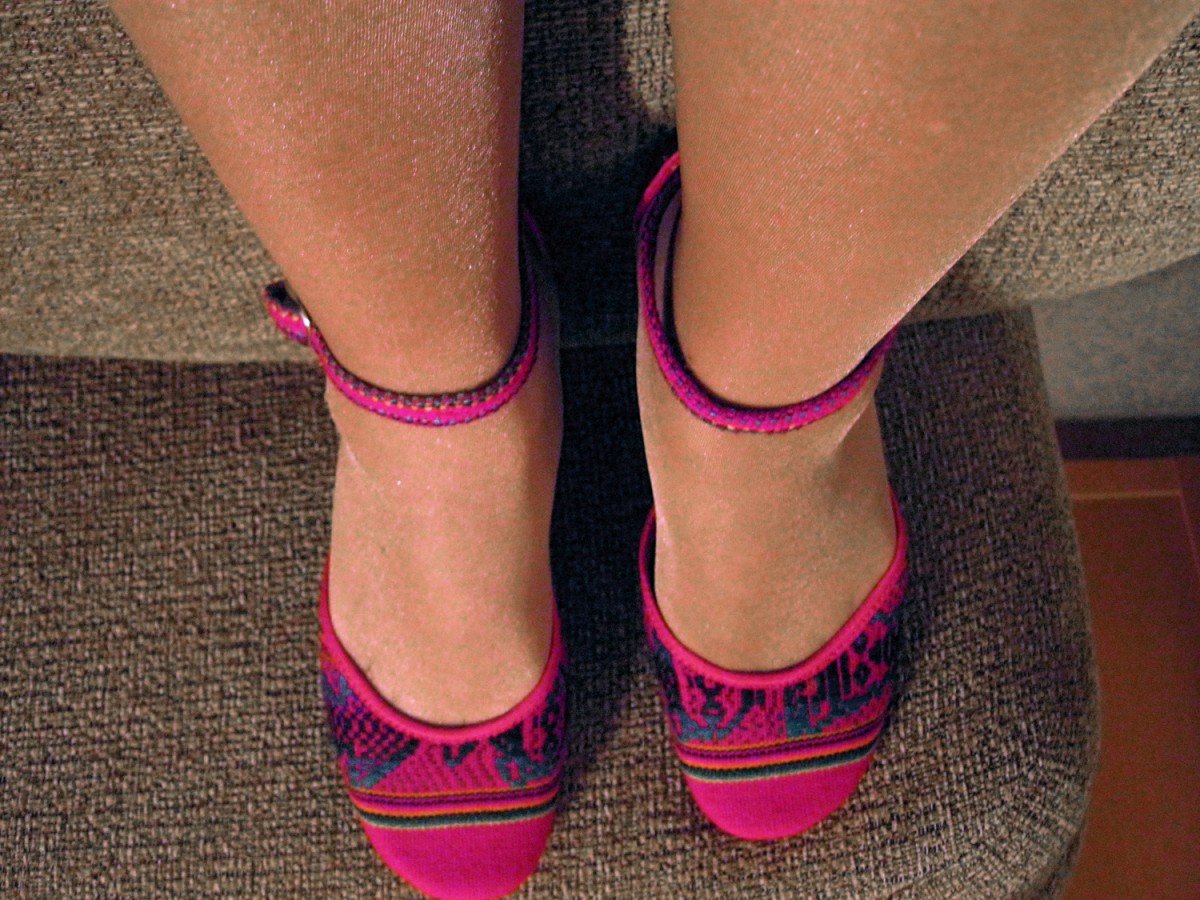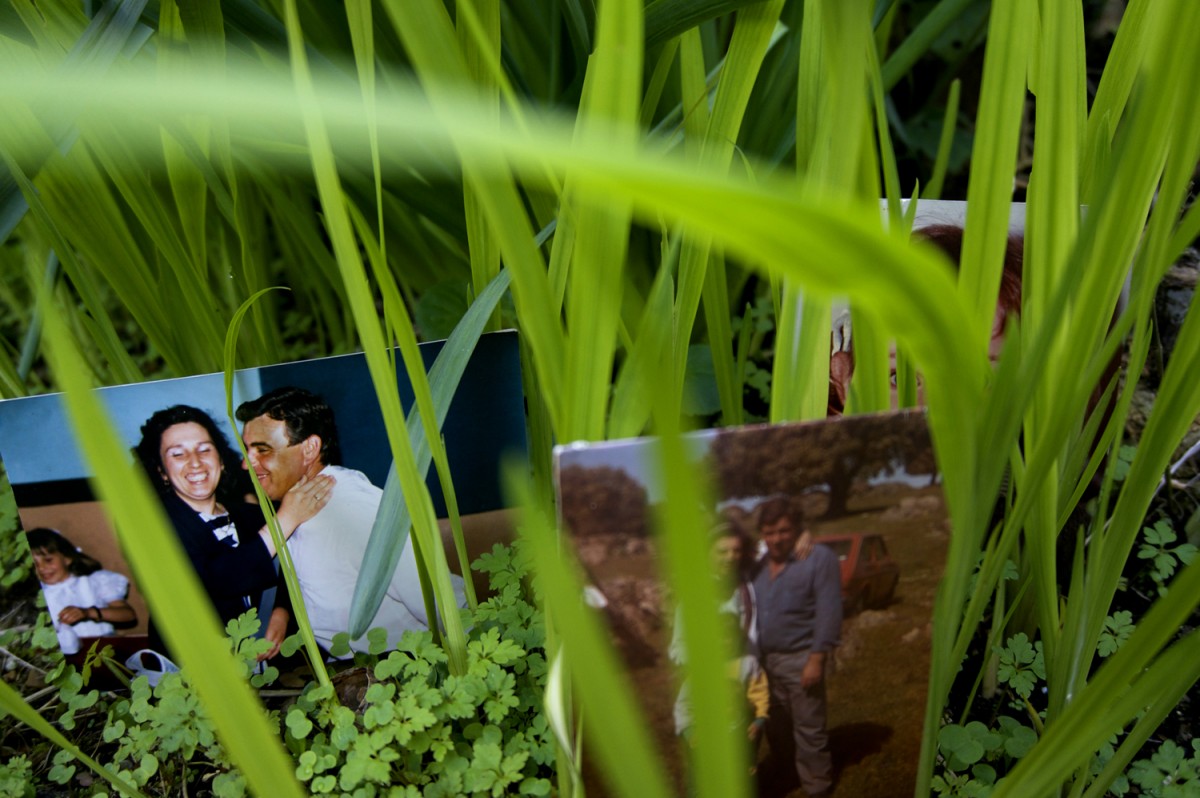I recently facilitated a short series of workshops with Brighton residents, using photography to explore their ideas and feelings around the theme of home.
The project was called Asylum in the City and was a HOUSE and Photoworks co-commission in partnership with Sussex Interpreting Services. Participants had all lived in Brighton for some time, but each had experienced displacement in some way.
The photographs taken by participants formed the centre and starting point of a group discussion in which people shared their stories. Through an exhibition at the Regency Town House this sharing was extended to a wider audience.
Baguio chose to talk about a picture of herself, taken by her son during a workshop:
‘My son took this picture for me because we had to take a picture for the topic of “story”, so he said “Mummy you have a story to tell. You just go and stand under that tree.” And he asked me to look up. I said “why?” “Because”, he said, “the sky means freedom.” And then he said “Mummy you always carry a kind of loneliness.” I said “oh, right, is that so?”’
Nina photographed her husband drinking tea from a small glass cup next to a samovar:
‘My husband, been here thirty years he’s never had tea in a mug; he always has his tea in those cups’.
Later, she brought in a photograph of her family around the table in 1968:
‘The samovar on the table is the same one as you saw in the first picture. It’s maybe 100 years old and I brought that with me from Iran so I still have it.’
The conversations that arose out of this process were recorded and played over a slide show of the photographs in the exhibition.
What makes these photographs ‘good’ is the conversations surrounding them: between photographer and subject, photographer and workshop group, photographer and viewer, subject and viewer, viewer and viewer. Some of these conversations are visible in the exhibition, some have to be imagined, or will hopefully emerge as people discuss the work. With the information provided by the sound, the audience can imagine the interactions that lead to the creation of the images: Baguio’s son instructing his mother, Nina asking her husband to pose with the cups, the breakfasting family around the samovar. They can also imagine the workshop space into which the photographs were brought for discussion, and perhaps connect this to their own experiences of sharing photographs or their own experiences of displacement.
As with a good conversation, what makes a good photograph depends entirely on who is involved (photographer, subject, curator, viewer) and on the surrounding circumstances. Although perhaps ‘conversation’ is too wordy a comparison for understandings that are often wordless. I’m echoing Ariella Azoulay’s claim that the photograph is ‘a sampling or a trace of a space of human relations’. For her the photograph is ‘the act of many…expressing the being together of humans’. Although I find her over optimistic about the agency of the subject of a photograph, she usefully shifts our attention away from the photographer to the photograph as a space for interaction.
It is generally accepted that context crucially impacts our understanding of a photograph but in Azoulay’s writing there is a sense that rather than being tacked on, all these interactions and interpretations reside within the image like a sediment. By bringing out some of these layers, a richer, more complex experience is created for the audience.
It is true that more context does not always mean more complexity. Finding photographs at a car boot sale is exciting because they are entirely open to whatever meanings we create for them. Giving too much information can close the gaps that a viewer jumps across, reducing the scope for them to create their own narratives.
In a participatory project where the process is so important, allowing the sediment of that process to surface makes the viewer’s experience of the images richer, but it is also important that gaps remain. The spaces between what we hear and what we see; between each image; between the scene we imagine in which Nina photographed her husband and the minimal information given by a two dimensional trace of that interaction; between the glimpses we are given of the participants’ lives and the lives they actually lead; these are also part of what makes a good photograph. In stretching across these gaps the audience is stretching to understand/imagine the experience of the participants and this is a valuable process. Whenever we encounter photographs the magic is in the tension between what we are told and what we are not told.



